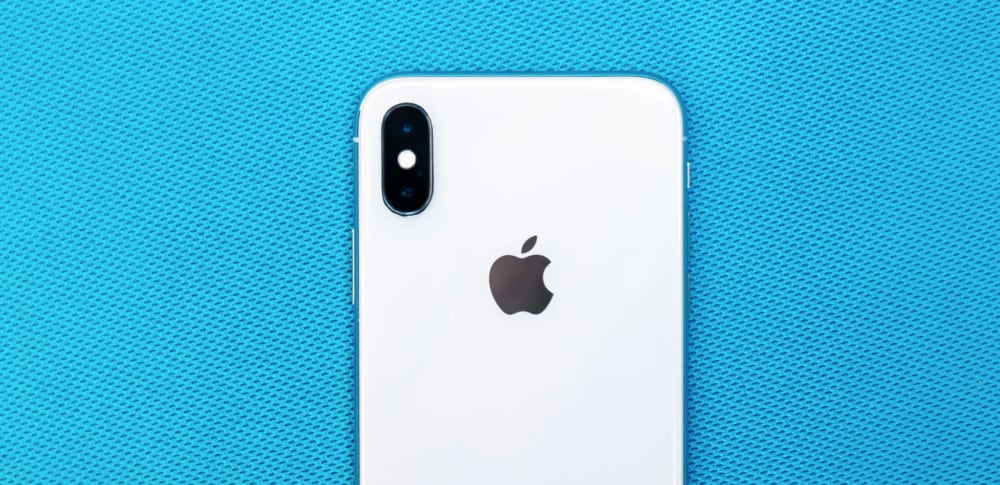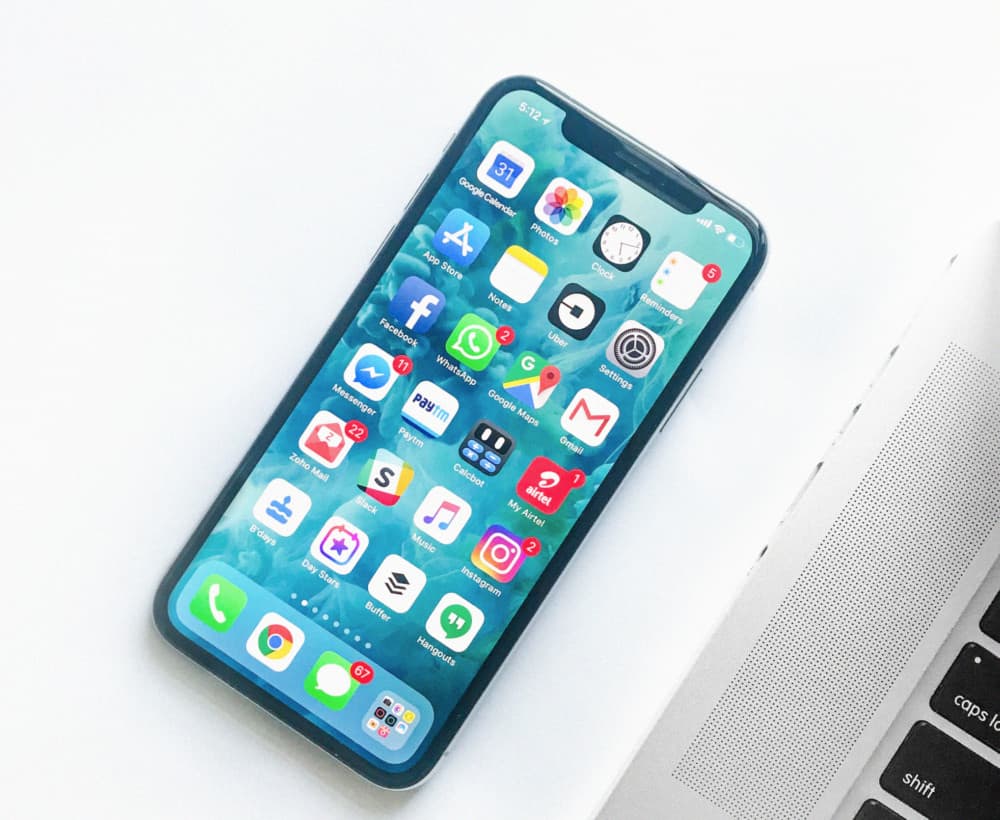A detailed guide to Apple’s iPhone X storage – how to manage it, how to monitor it, and how to ensure you NEVER run out of space…
The iPhone X is available in two storage options: 64GB and 256GB. The phone itself is now discontinued, however, so if you want to pick one up you’ll have to do so through a reseller like Gazelle (USA) or Music Magpie (if you’re in the UK).
But out of these two storage options – 64GB and 256GB – which is the best one to go for? The 64GB iPhone X is obviously going to be cheaper (by quite a margin), but with just 64GB of storage you’ll probably run out of space on your iPhone very quickly, especially if you take a lot of pictures.
With 256GB of storage, you’ve got more than enough room to play with, allowing you to load all the apps and games you want. In addition to this, with 256GB of storage, you won’t really have to worry about managing your pictures and videos, either. You can just snap away, content in the fact that you’ll probably never fill the phone’s storage.
Still, if you’re going to be using the phone for the long term – a couple of years at least – then even 256GB will eventually run out, so it pays to be savvy with how you organize your iPhone X’s storage. Having a management plan from the get-go will save you plenty of headaches further down the line, so follow these tips to stay on top of your iPhone X’s storage.
iPhone X Storage Management Tips

1) Regularly Check How Much Storage Your iPhone X Has
Did you know you could easily check how much storage your iPhone X has left? All you have to do is go to Settings > General > Device Storage. From here, you’ll be able to see exactly how much storage you have left.
If you’re using a 64GB iPhone X, you’ll want to do this regularly because 64GB will not last long – not if you have lots of apps and you take lots of pictures and video.
You’ll always want a good 10-20GB of free storage on your iPhone. This is a good, round number to keep in mind when thinking about managing your iPhone X’s storage.
You don’t need to religiously KEEP this much room on your phone, but once you have less than 15GB, for instance, it might be a good time to start thinking about removing/backing-up some data from your phone.
2) Delete Any Unnecessary Applications and Games
Apple’s App Store is full of games and applications. But how many do you ACTUALLY use regularly on your phone? Most people have far too many applications on their phones. If you don’t use an app regularly, delete it – this will save you oodles of storage over the long run.
I started doing this back in 2017, just running a spartan selection of apps on my phone. Did I miss any of the 30+ apps I deleted? Nope. Not one bit. And it freed up loads of storage on my iPhone. Also: the more applications you have on your phone, the more prone your iPhone will be to issues and bugs.
For instance, if an app you’ve downloaded hasn’t been updated or properly maintained by its developer, it can cause issues that become annoying – issues like persistent restarts. Limiting the number of apps you have on your phone reduces your exposure to things like this. And it saves valuable space on your phone.
3) Back-Up Your Pictures & Videos Every Six Months
This point is kind of an extension of point #1. Basically, you don’t really want to be storing ALL your pictures and videos on your iPhone X’s internal storage. Either use iCloud, though this costs money for accounts over 5GB, or back up the images and video to your computer.
I like to back-up all my images and videos every six months or so. This way, I know that my phone has been spring-cleaned properly at least once every 12 months. It’s great having lots of pictures on your phone, of course, but you don’t need ALL of them, so back-up older ones and save them offline to free up room on your iPhone X.
4) Buy An External SSD To Store & Manage iPhone Media
If you want to get REALLY snazzy with your back-ups, you could invest in an SSD and back up to this. With an SSD, you’re backing up to a separate physical device from your PC, so it’s an added layer of protection in case anything happens to your PC’s hard drive – granted, this is rare, but it can happen from time to time.
An external SSD gets around this issue; it acts as a physical repository where you can store all your iPhone’s images and videos in a secure location that isn’t going anywhere. I have one on my bookshelf (it’s this model) and it is where I keep all my most important stuff – the stuff I do not want to lose.

External SSD drives aren’t too pricy, but they are more expensive than standard external hard drives. With an SSD, you get faster read/write speeds and there is less chance of the hard drive failing, as there are no moving parts. For me, an SSD is essential, if you care about properly backing up all your most important data.
Obviously, if you’re using a 64GB iPhone X you’ll need to be more focussed on keeping an eye on your storage levels; 64GB is fine, but it does take a lot more management than 256GB for obvious reasons. This is the #1 reason why it is usually worth paying more and getting a higher storage model iPhone. And this is why I personally always buy older flagship models; I can get the higher storage models for a lot less once they’ve been on market for 12 months or so…
From Our Sponsors:
Wanna Save 40% on iPhones, iPads & MacBooks – Check Out Gazelle, It’s The USA’s #1 Refurbished Tech Specialist!


